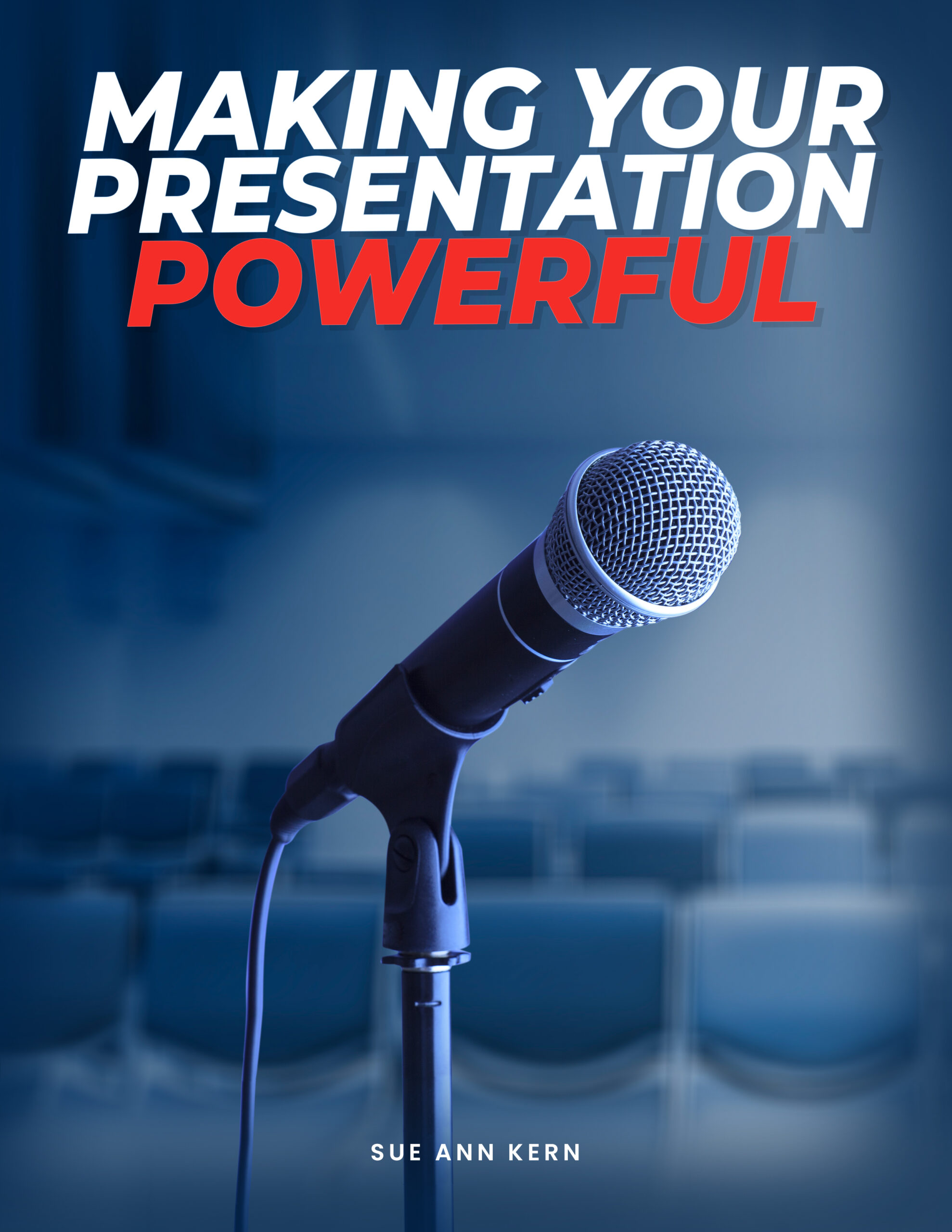You’re sitting down to edit your speech. You’ve selected an interesting topic you’re passionate about. You’ve written your beginning, your supporting points, and your ending. Now, it’s time to dive deeper into the wording of the speech itself.
You can have a phenomenal speech structure – that’s the macro level – but if the words you use to deliver your message don’t pop, your audience will be bored! This is the micro level: sentence by sentence, word by word.
Editing your speech is not just about removing or adding words. It is also about choosing new ways of saying things to better describe, tighten up, and make your message more powerful. You have a limited amount of time to convey your message. Any extra word is a mis-use of time. Any word that doesn’t help your audience understand is a waste.
Here are three tips when editing your speech to make that language sizzle!
Badjectives
Adjectives are like seasoning. They can add flavor and spice to your speech, when used sparingly! But not all adjectives are equally powerful. A good adjective is specific, descriptive, and evocative. Avoid adjectives that are too broad, too general, or insubstantial. Let’s call them “badjectives,” and you want to look for opportunities to replace them with something better.
Was your party great, fun, boring, bad, good?
Or was it boisterous, exhausting, raunchy, lifeless, refreshing?
Your audience will not exactly know what you mean if you say the book you read was good. Was it a good way to fall asleep?
They will get much more meaning if you say the book was captivating, educational, or nostalgic.
Evocative adjectives inject meaning into your sentence and leave your audience with a fuller understanding.
It’s not only adjectives that deserve specificity, of course. Look for opportunities to replace weak verbs and nouns as well. Can you use a word more descriptive than “obstacles” or “goals?”
Patricia Fripp uses a helpful way to avoid adjectives: Can you weigh it? If not, how can you call it a ton? Is it a banana? If not, it’s not a bunch. Does it go to sea? If not, it’s not a boatload.
And – the ultimate example – you can certainly be more specific than calling something a thing. If you couldn’t call it a thing, then what would you call it? That’s what I mean by being specific and descriptive.
Clichés
You may come up with clichés as you write your speech, but when you go through the editing process, think of other rhetorical devices that you can use to replace a worn-out, overused phrase.
The list of common clichés is innumerable:
- Read between the lines
- Think outside the box
- Play your cards right
- It’s an uphill battle
- Better safe than sorry
- You can’t judge a book by its cover
- Bring to the table
- Low-hanging fruit
- The grass is always greener on the other side
- Ignorance is bliss
- Breath of fresh air
Yes, there will be times when you will want to lean into a well-understood cliché to establish common ground with your audience. However, too many clichés used without reason can water down your speech, preventing it from coming across as properly unique and memorable. You want your audience to come away with your words!
Rule of Threes
The first time you say something, it’s an incident. The second time, it’s coincidence. The third time, it’s a pattern. Weaving patterns into your speech can jog your audience’s memory, keep them engaged, and create a throughline to make your speech sounds more structured.
There’s something stable and yet rhythmic about grouping items in sets of three:
- “Sex, drugs, and rock and roll.”
- “Life, liberty, and the pursuit of happiness.”
- “The truth, the whole truth, and nothing but the truth.” – Sergeant Joe Friday, “Dragnet”
- “Tell them what you’re going to tell them, tell them, and then tell them what you just told them.” – Dale Carnegie
Concepts and ideas are more interesting if they are put in groups of three. Two examples often aren’t enough to illustrate a point, whereas more than three can slow down your speech or be difficult to remember. Use three solid examples and embellish each thoroughly. If you have more than five, try to group them together into subgroupings of three! It’s common to have three ideas, examples, or stories to reinforce your topic:
- Goldilocks and the Three Bears — The porridge was too hot; the porridge was too cold; the porridge was just right.
- The Good Samaritan — The first traveler passes. The second traveler passes. The third (the Samaritan) helps the injured man.
- Faster, Higher, Stronger – Olympic Motto
The Latin phrase “omne trium perfectum” means “everything that comes in threes is perfect and complete.”
Use these tips to craft a speech that feels personal, resonant, and unique! By removing unfitting or non-descriptive adjectives, losing worn-out clichés, and providing examples in punchy groups of three, you’ll ensure that your speech is tight and engaging all the way through!
